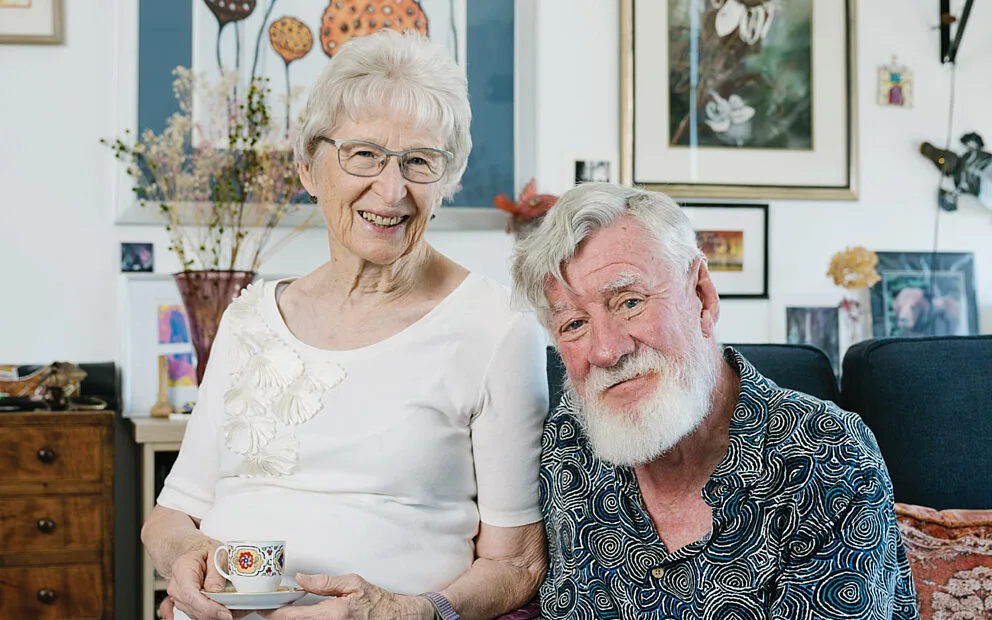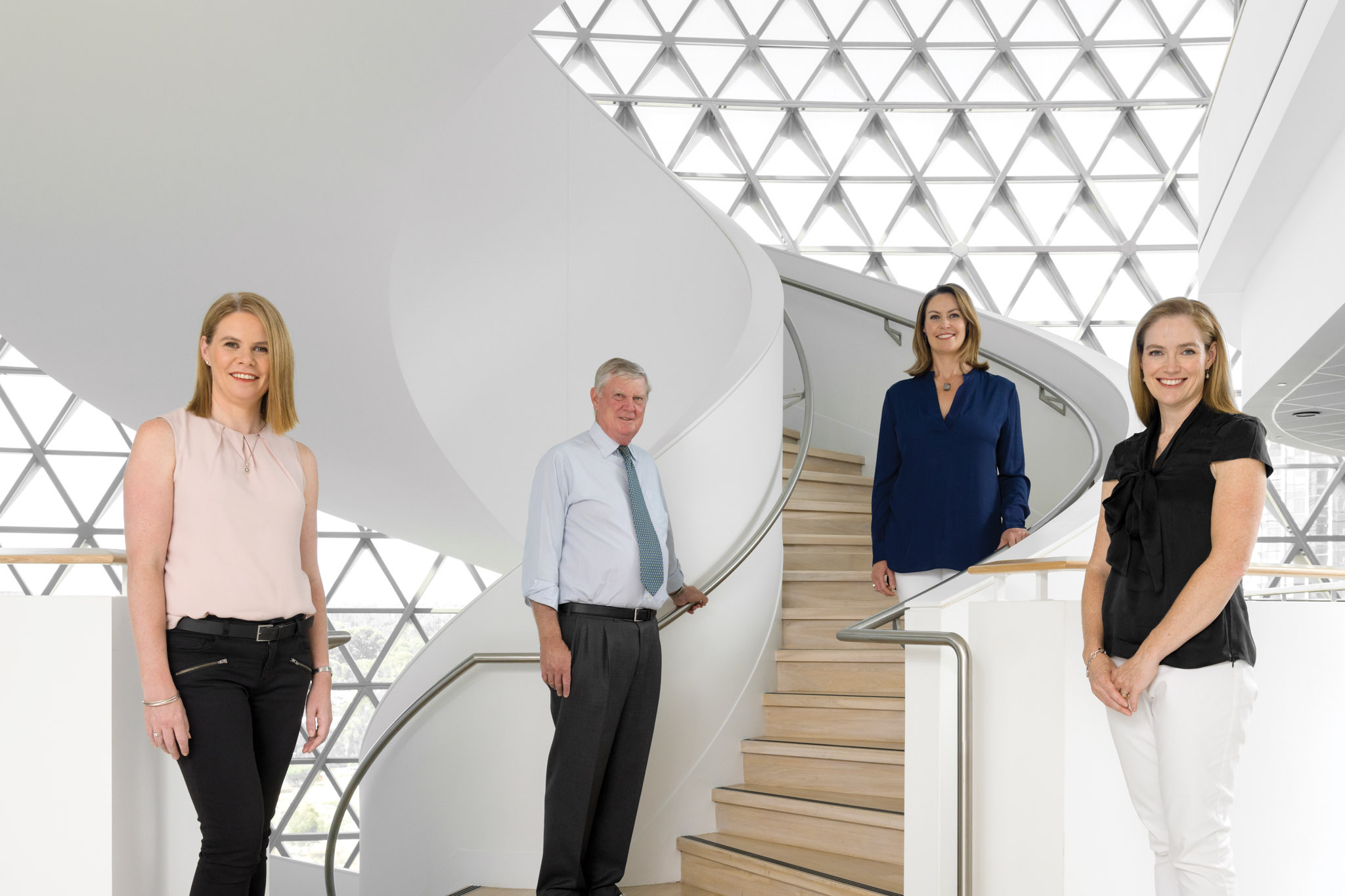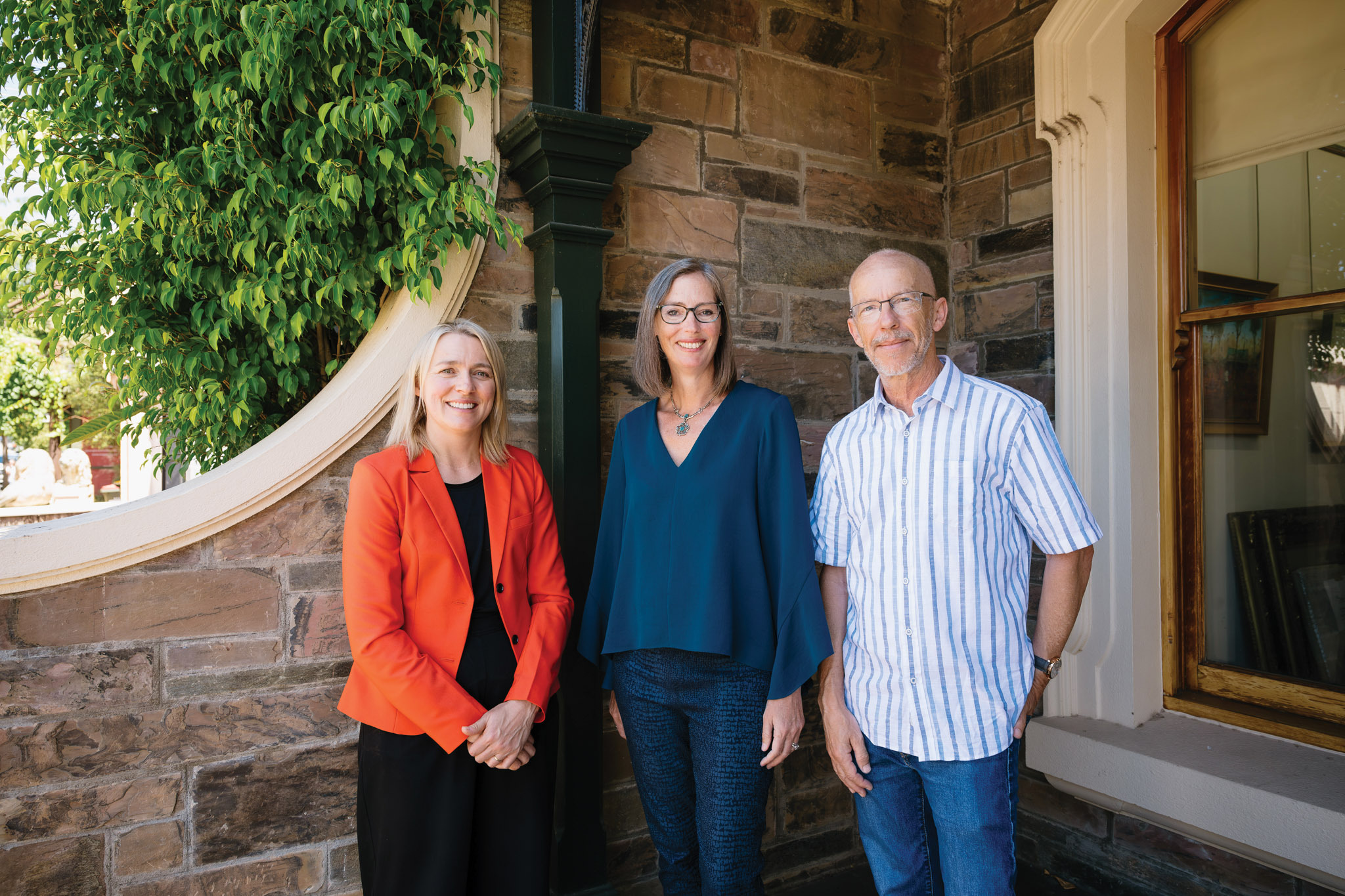Over his distinguished career, Emeritus Professor John Hopwood AM set the bar for innovative research and impactful results.
Treatments resulting from his research have helped thousands of Australians enjoy longer, better lives.
Professor Hopwood, who prefers simply John, was fortunate to receive support for his efforts. By contrast, he's seen plenty of incredible researchers struggle to get the funding they need for their work.
Now, he's telling some hard truths about research funding. He also believes philanthropic donations can change the course of Australian science.
“Philanthropy is a great thing; it does several great things. But one thing it doesn’t often do is fund a whole research program,” said John. “It costs millions and millions to run a research program.”
“As a result, the majority of research in Australia is funded through government agencies.”
That, however, comes with complications. Federal funding is extremely limited. In 2024-2025 the Australian Government R&D investment was only 0.52% of GDP – compared to the OECD average of 0.74%.
And that is spread across every field of research and development, not just health.
In John’s experience, the funding provided is tied to well-defined research projects with pathways to outcomes.
But he says that limits blue-sky thinking and true innovation… and it’s holding back a vibrant medical research sector.
That’s where John believes philanthropy can help bridge the gap between a new idea still building in someone’s mind, and the limited pool of government funding.
Philanthropic support can be the seed funding to explore a new direction or take an inventive approach to a problem.
“It’s good to have money you can use without restrictions. It lets you be more inventive,”said John.
In fact, John and his wife Barbara insist their own donations to SAHMRI not be restricted to specific projects, to create that scientific freedom.
Using seed funding to show their innovation is feasible increases a researcher’s chances of tapping into government funding sources to build a larger research program. And that’s particularly important for young researchers trying to get their start as a research leader.
“Often, it’s the young people who have brilliant thoughts. But they’re not being funded because they don’t have a track record,” said John.
“Researchers spend 30% of their time, maybe more, writing applications for government grant funding. You want our researchers to be rolling up their sleeves and getting into it with a bloody good idea, instead!”
“Research shouldn’t need a clear pathway and have to lead to an expected outcome in order to receive funding. Get it back to the discovery process, then science will be better off.”
If you'd like to know more about giving to SAHMRI please contact hazel.jourdin@sahmri.com.




